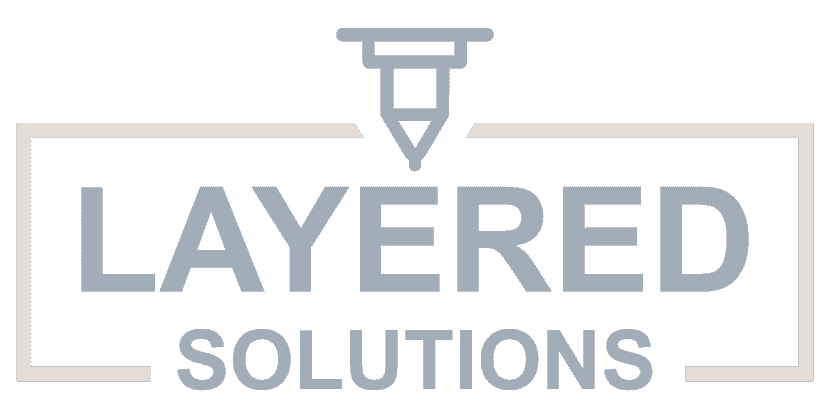Revolutionize Your Business with 3D Printing
Rapid Prototyping
One of the most significant advantages of 3D printing for businesses is the ability to rapidly prototype ideas. Traditional prototyping methods can be time-consuming and costly, but 3D printing allows for the quick and cost-effective production of physical prototypes. This accelerated prototyping process enables businesses to iterate and refine designs at a pace that was previously unthinkable, facilitating innovation and speeding up time-to-market.
Customization and Personalization
In a market that increasingly values unique and personalized products, 3D printing opens the door to unparalleled customization. Whether it’s creating personalized promotional items, bespoke components, or unique packaging, businesses can tailor their offerings to meet the specific needs and preferences of individual customers. This level of customization not only enhances customer satisfaction but also provides a competitive edge in a crowded marketplace.
Cost-Efficiency
Contrary to the misconception that cutting-edge technology comes with a hefty price tag, 3D printing can be remarkably cost-efficient. Traditional manufacturing processes often involve high setup costs and minimum order quantities. 3D printing eliminates the need for expensive molds or tooling, making it a cost-effective solution for small-batch production or on-demand manufacturing. This is particularly advantageous for startups and small businesses looking to minimize initial investment and reduce waste.
Supply Chain Resilience
The disruptions caused by global events, such as the recent pandemic, have highlighted the vulnerabilities of traditional supply chains. 3D printing offers a solution by decentralizing production. Businesses can utilize local 3D printing facilities to produce components or products on-site, reducing reliance on distant suppliers and minimizing the impact of supply chain disruptions. This resilience ensures a more reliable and flexible production process.
Enhanced Product Development
3D printing allows for more intricate and complex designs that would be challenging or impossible to achieve with traditional manufacturing methods. Businesses can push the boundaries of creativity in product development, creating lightweight and optimized structures that improve performance and functionality. This newfound design freedom can lead to the creation of innovative products that stand out in the market.
